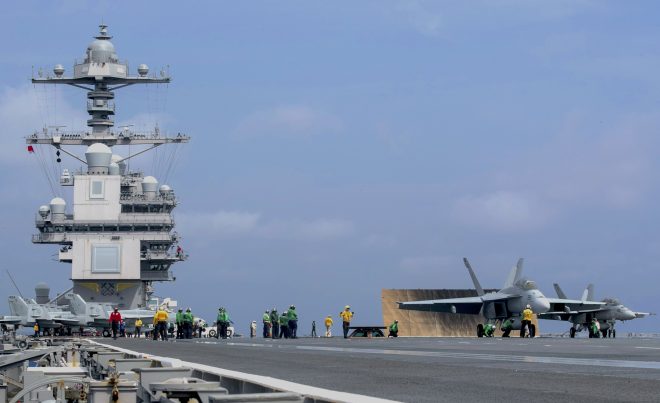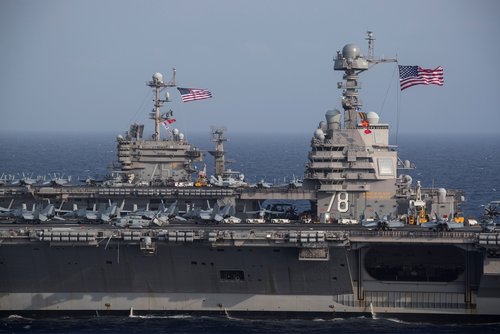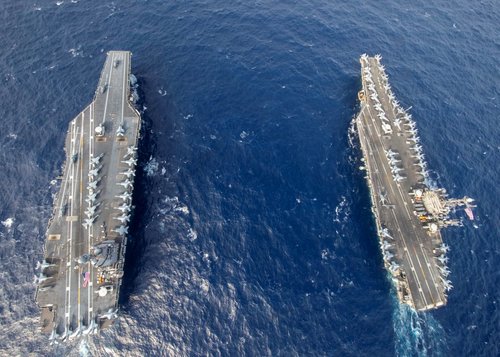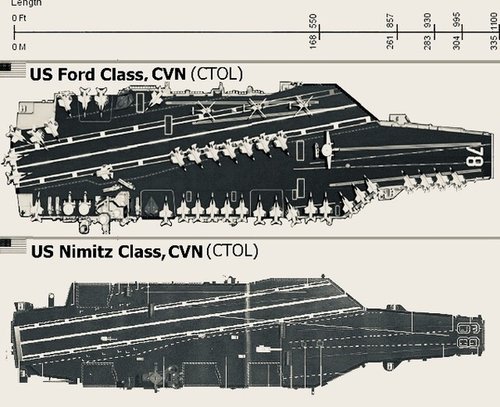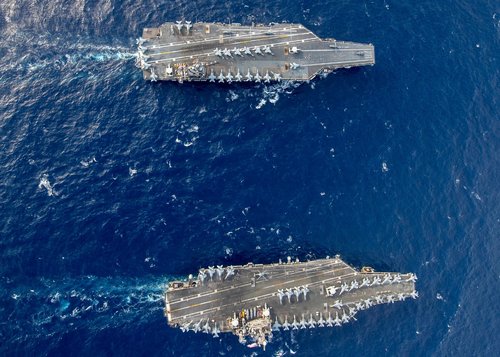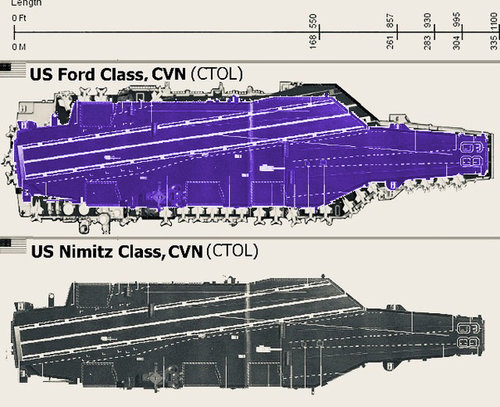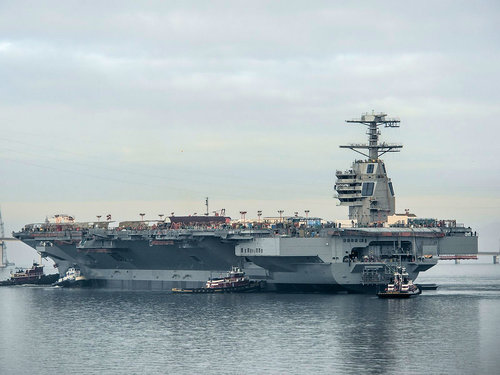Differences Over The Fleet
While the House and Senate Armed Services committees both sought to restore the.
Virginia submarine cut by Trump’s budget and cut unmanned warship prototypes, they did so in markedly different ways.
All told, the administration asked for just over $19.9 billion for the Shipbuilding & Conversion, Navy (SCN) account. Both committees increased that, but by different amounts: SASC by
$1.35 billion (7%); HASC by
$2.16 billion (11%).
That’s in large part because, while SASC restored the submarine by adding
$472 million in Advanced Procurement to
start buying it, with funding to finish it left to a later year, the HASC restored the
full $2.6 billion to buy it in 2021.
UPDATE Congress, shipyards, and the Navy have labored mightily to keep building two
Virginias a year, but after the Trump administration cut one from its 2021 request, “the Senate did
nothing to fund the second submarine in FY 21,” a HASC staffer told reporters.
The $472 million SASC labeled Advanced Procurement is only enough to buy the submarine’s reactor, the staffer elaborated to me after the conference call. You’d need to find nearly $3 billion more to buy the whole boat, he said, and you’d need to find that money in the next two years. Otherwise, not only are you stuck with a useless fraction of a
Virginia submarine, you disrupt the production line so badly it hurts the larger
Columbia class as well.
Without full funding for two
Virginias in 2021, the shipyards, Electric Boat and Newport News, will have to start laying off workers — at the very time they need to ramp up their workforce to build the even larger
Columbia class. The shipyards’ contract with the Navy and the multi-year timeline to buy a sub give them some leeway to keep building two boats a year, the staffer said, but by 2023 they’d run out of room and have to start layoffs.
UPDATE ENDS
To make up the full amount required to restore the
Virginia submarine, HASC also had to dock several other shipbuilding programs that SASC increased.
The major differences, besides the
Virginia?
- Columbia-class nuclear missile submarine: SASC added $175 million to shore up the shaky submarine supplier base; HASC added nothing UPDATE but would argue their plus-up to the Virginia program does much more to keep the supplier base strong.
- Ford-class aircraft carrier: SASC funded the administration’s full request; HASC cut $90 million.
- Arleigh Burke destroyers: SASC cut $30 million, HASC funded the full request.
- Amphibious ships: SASC added $500 million to both the mid-size LPD class and the larger LHA, HASC cut $37.7 million from LPD and did nothing on LHA.
- Support craft: SASC cut $126 million from various landing craft and other auxiliaries, HASC funded the full request.
Given the popularity of shipbuilding programs, which are big employers in many states, the odds are good that the final compromise will have more adds than cuts.

 www.thedrive.com
www.thedrive.com




